Auckland Arts Festival Round Up #1: O Le Pepelo, Manifesto, et al

My first-round up from the Auckland Arts Festival Te Ahurei Toi Ō Tamaki, with responses to O Le Pepelo, Manifesto, The Valentina and Beyond Words.
There’s no real substitute for bodies onstage in a play, especially when done well. I love a solo show and a two-hander as much as the next guy, but there’s a real beauty in putting a group of performers, playing a family, onstage and getting them to play out dynamics that hit a bit close to the homes of everybody sitting in the audience. O Le Pepelo, le Gaoi, ma le Pala’ai | The Liar, The Thief and the Coward (shortened to O Le Pepelo for this review, apologies) puts a family onstage, opens them up wide, and vivisects their histories for us, in the most beautiful and prescient way.
In the unclearly distant past of Sāmoa – close enough that social media exists, distant enough that Facebook is the primary platform – Pili Sā Taulievā (Semu Filipo) is an Ali’i (chief) who has devoted his life to the tradition of service. To simplify it: he serves the village, and his family, the village, and his family, serve him. He falls ill, refusing to name a successor, so his daughter Vailoloto (Ana Corbett) and son Matagi (Haanz Fa’avae-Jackson) vie for the title. As the curtain rises, after a brief prologue, the precarity of that situation is literalised – a two story fale, barely standing on risers above the ground, looking faintly ridiculous and more importantly, ready to tumble.
Over two acts, the true extent of Pili’s rise and fall is seen, as is the damage of his interpretation of “service”. Like the best family dramas, and the best plays, this isn’t merely a show about the Taulilevā family, but a show that sharply widens the focus. What has this family had to do to remain where they are? Was it necessary to do so? And how much have the individual players of this family used ancient rules and traditions to prop up personal needs?
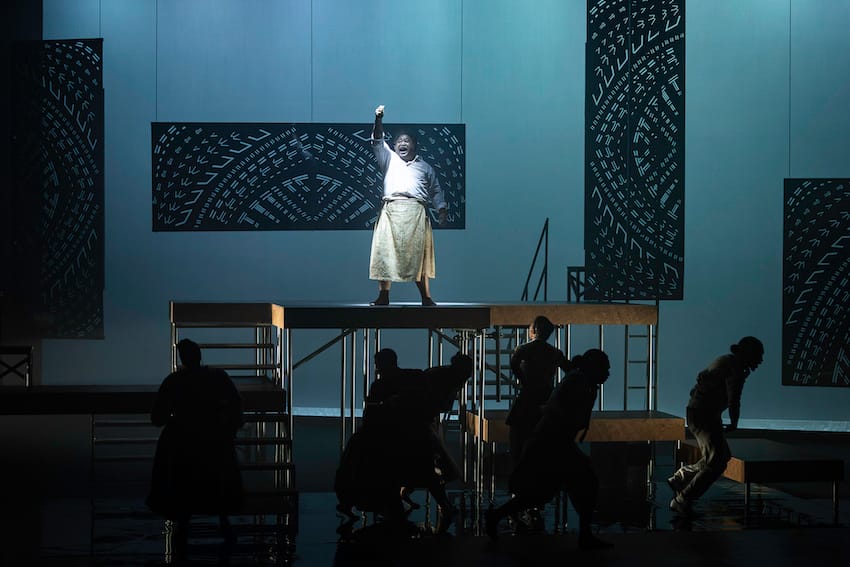
While this is a rich, vibrant production, with a fantastic design (set and prop design courtesy of Mark McEntyre and Tony De Goldi of GOM Arts Collective, lighting design courtesy of Jennifer Lal), it really rests on its performances. And in this case, really just the one: Semu Filipo as Pili Sā Taulilevā. From the first moment, you completely understand why an entire family, and entire village has been under the thrall of this man, but he really comes into his own in the second act. Every great man eventually has his fall, but it’s so much harder to admit it. Filipo flails, stomps, and ultimately, resigns to the Pili’s fall from grandeur so deeply that you no longer hate him; you understand him. He doesn’t just take up space, he demands it.
The only issues I have with the play end up being nitpicks: the first half hour feels slack due to circular conversations and redundant explanations, and it only feels as such because the rest of the play barrels through with assured, expedient storytelling, and occasionally the cast present their character’s dilemmas rather than deliver them. Truly, though, this production is revelatory, not just for the cast, but for co-writers Natano Keni and Sarita So, the former of whom directs.
O Le Pepelo is what every family drama wants to be. It does not just speak to its own very specific family dynamic, but to the forces that impede on that family, and what the tensions between those two things can say about all families, and by proxy, society. What is society made up of if not a bunch of dysfunctional families? Keni and So tell the story of this particular family with gravitas, but also with humour and specificity. Any playwright who wants to even attempt a family drama in this country should take notes.
It is, I think, the best Auckland Theatre Company production since The Haka Party Incident back in 2021. It is telling, and should be observed, that it comes from the company platforming local storytellers – in this case, I Ken So Productions – to put on a work that has been developed with passion, precision, and a massive amount of talent. Similarly, the Auckland Arts Festival could not ask for a better opener.
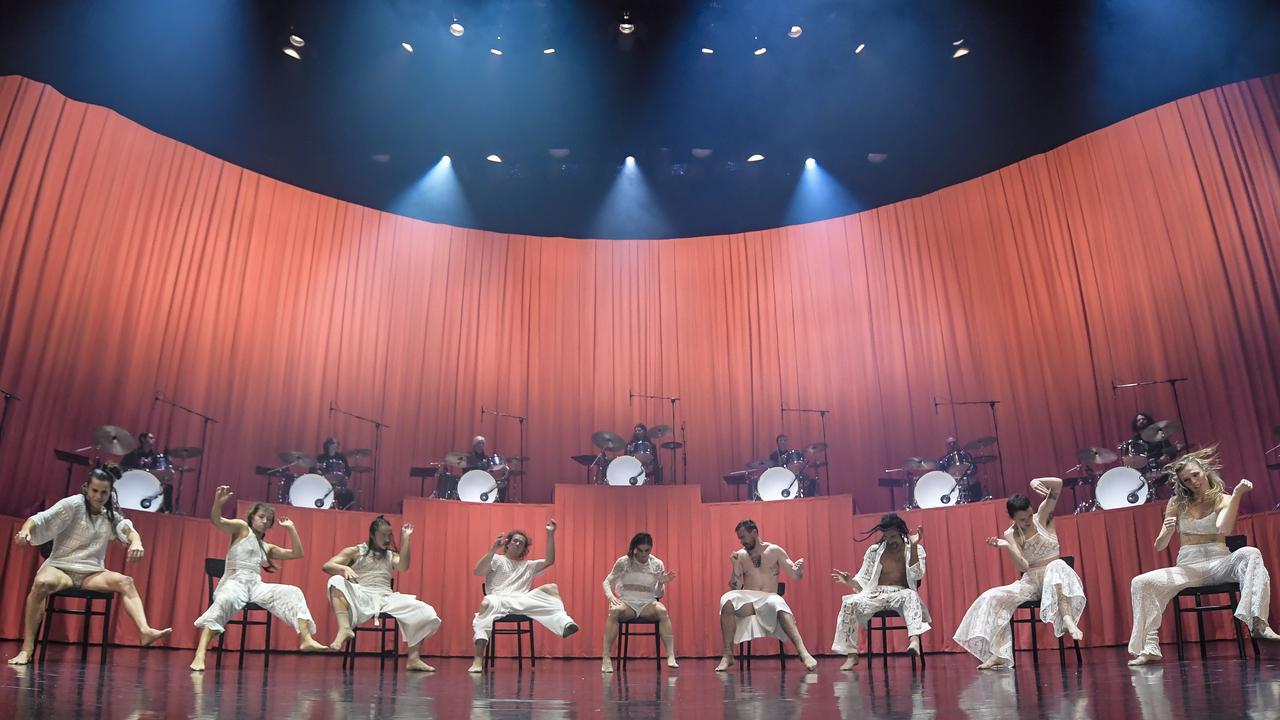
The primary strength of Manifesto is also, fittingly, putting a whole lot of bodies on stage. In this case: nine dancers, nine drummers. Sounds simple. The beauty of this show is not that the drummers serve as the backdrop, or the unseen orchestra for the dancers, but that they exist in concert and conversation with each other. The dancers lead occasionally, the drummers lead occasionally, but more often than not they pass the performance baton from one to the other. Often smiling, or with some other expression of ecstasy.
The choice of drums is also especially delightful. It’s a visceral, elemental, instrument. You can’t help but notice one drum, and you can’t help but be physically moved by nine. It triggers something in the body (especially if you’re sitting three rows from the front, like I was). It’s the aural equivalent to, well, seeing great dance. As your brain sits in awe that bodies can do that, your body sits in awe that it can be moved, and shaken, like that.
This is the sort of show that you want to see at an arts festival. It has spectacle, it has scale, it’s inventive, and you’re unfortunately not going to see anything like it locally. Beyond that, in an era of continuous genocide and an ever-shrinking experience of the world, it is a balm and even a catalyst to not only find joy where you can, but to create joy where you can.

To continue my metaphor just one more show along, The Valentina puts bodies into a different kind of space entirely. In this kid’s show by Anders Falstie-Jensen, 8 year old Ellen (Talia Pua) paints a starship on her ceiling that, through the help of her imagination, turns into an actual spaceship. She ends up travelling the stars with Yuri Gagarin, Neil Armstrong and Valentina Tereskhova (Kevin Keys, Ross McCormack and Bronwyn Turei, who play other roles besides, and all brilliantly so). Delightfully, she is also accompanied by Laika the space dog and a monkey whose name I didn’t catch, but would guess is Albert II, the first monkey in space (both played by puppeteers Jon Coddington and Chiara Gabrielli).
It should be noted that neither being a child nor having a child, I am not the target audience for this show. Despite this, I really enjoyed The Valentina, striking the tricky balance between absolutely playing to the audience (verging on pantomime occasionally) and asking a bit more of them than many shows might. There are moments of unexpected poignancy, and even terror peppered throughout, that seem well out of this genre’s usual range. One scene featuring Laika left me close to tears, and I’m not quite sure they’re the same tears a child would feel watching that scene. In saying that, Falstie-Jensen’s work always plays a little bit out of the box, and it’s a treat to see him bring that work to a younger audience. The younger we can train audiences to expect more than “look behind you!” in theatre, the better.
I closed out my first week at the festival with the NZSO’s Beyond Words. My vocabulary to discuss this sort of performance is markedly less than what I’d be able to discuss theatre and other art with, so allow me some grace here. The concert, which marks the 5th anniversary of the Christchurch Mosque attacks, featured vocalist Oum and a new composition from John Psathas, as well as pieces from Valerie Coleman, Reza Vali, and Arlo Pärt, and exists to celebrate Unity Week, one of those nebulous events that marks a specific amount of time and a much more general emotion.
The selection of pieces was what impressed me the most, as I often go into orchestra performances expecting the audience to sit in silent reverence. But these pieces, especially Mantilatos, lead by oud player Kyriakos Tapakis, felt joyous. I left the Town Hall, as I rarely do, feeling uplifted, and also remarkably in tune with how much music, in general, has been influenced by the sounds and rhythms of music from that part of the world.
And again, to stretch this metaphor right up until the very end of this round-up, nothing says unity like a bunch of bodies in space with another bunch of bodies in space, doing their art to the very best of their abilities. That’s an arts festival.
O Le Pepelo is still on at the ASB Waterfront until March 23, and I imagine Beyond Words will be available on RNZ in perpetuity at some point in the near future.
I will be providing this level of coverage throughout the entire festival, and more regularly throughout the rest of the year. This takes time, and if you want to support the amount of time it takes (and ensure that the scant amount of review coverage of local art can continue), please considering supporting Dramatic Pause with a paid subscription ($8 p/m, $60 p/a) and if you can't afford a paid subscription, please share the work with your networks!
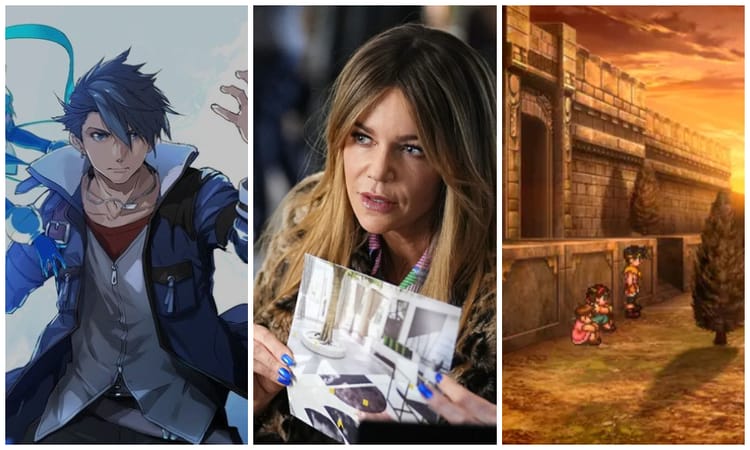
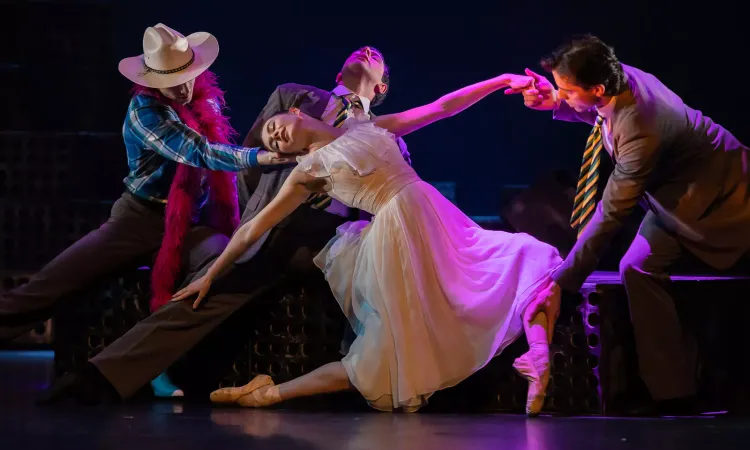
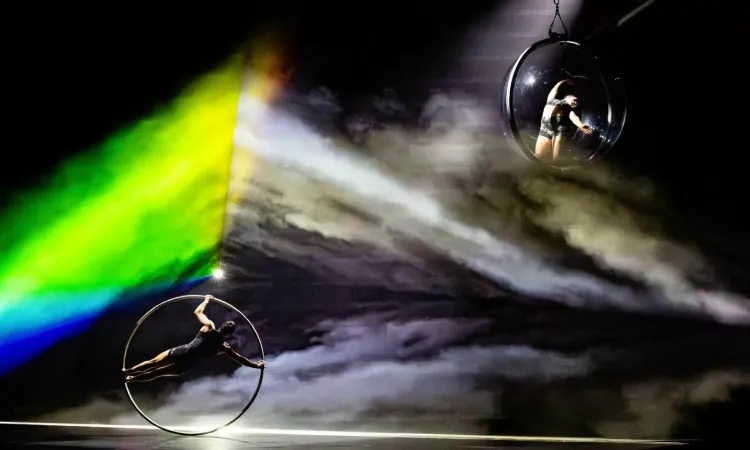
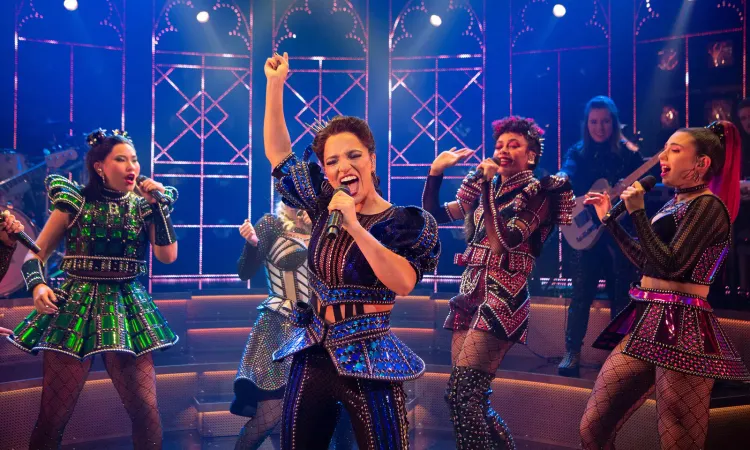
Member discussion